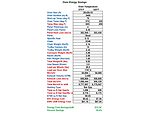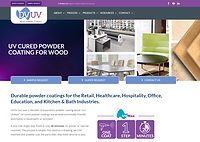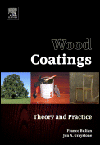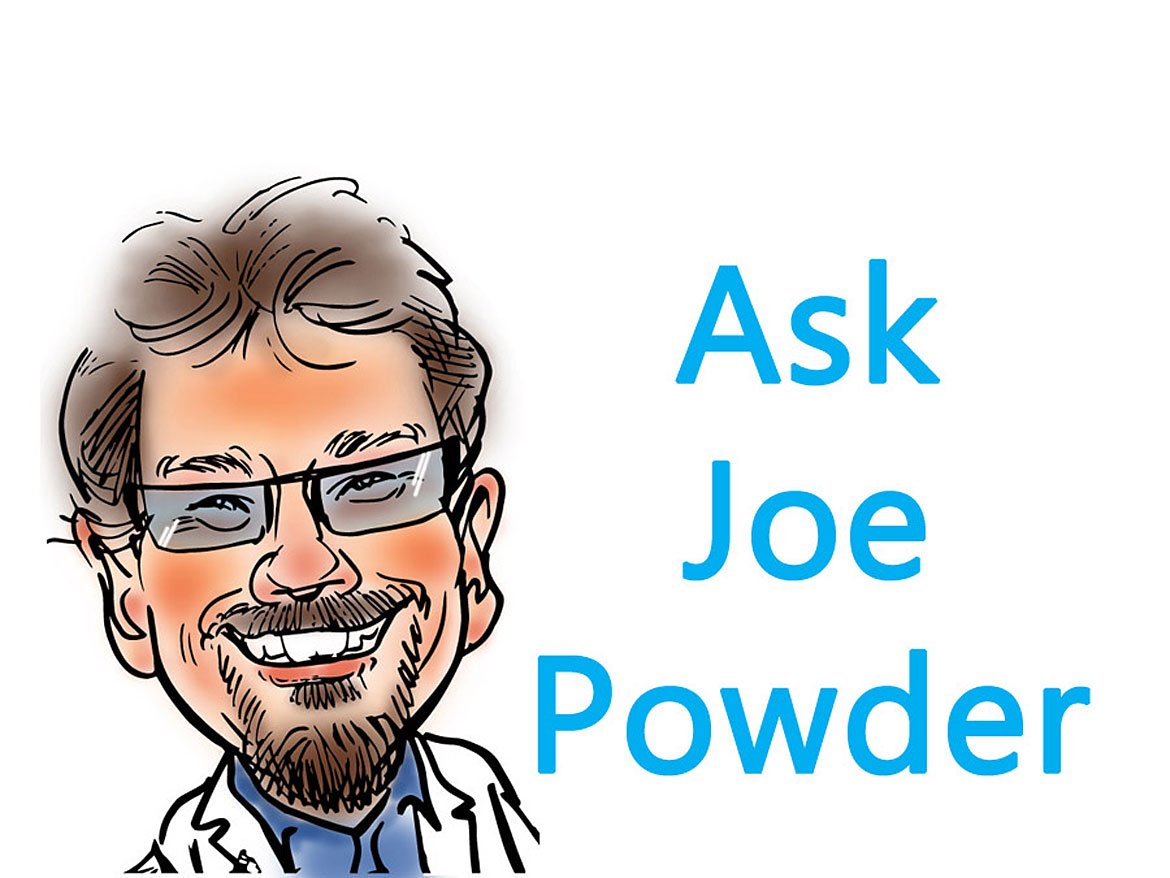Powder coatings used on wood?




Hi Joe,
I have a technical question to ask. I hope you have the answer. I read some non-technical articles mentioning powder coatings used on wood. How is this possible when wood is a non-magnetic material?
Dr. Jinwen Zhang
Washington State University
Hello Dr. Zhang,
Electrostatics, not magnetism, are used to deposit dry powder onto a substrate. Nevertheless, this is still a good question. Most wood has surface characteristics that allow electrostatic deposition of powder onto its surface. In some cases, like MDF (medium density fiberboard), the "wood" needs to be preheated to allow moisture to migrate to the surface of the board. This moisture provides enough conductivity to deposit the charged powder.
One of the challenges to coat wood is having a powder coating chemistry that cures at low temperatures. If the cure temperature is too high, the wood emits volatiles that damage the coating appearance. The powder coating industry has developed chemistries and processes that allow MDF to be coated commercially. Please let me know if you would like to know more about these chemistries.
Best regards,
Joe
Dear Joe,
I hope that you and your family are well. Long time no see. How is your business?
I have a question regarding Qualicoat Class 1 approval. For polyester TGIC powder coatings, the gloss should not be less than 50% after 1,000 hours xenon arc exposure. I want to know if a powder, based on a standard polyester TGIC resin, will pass this test (approximately equivalent to one year in Florida). Do we need another type of polyester resin for Class 1?
Regards,
Mohammed Seddighian
Tehran, Iran
Hello Mr. Seddighian,
All is well here. We just wrapped up the holiday season and are prepared for the onset of winter in Columbus. I have been enjoying family gatherings and good cheer. I hope you and your family are well. Our business is doing well – we are now part of ChemQuest and continue to grow each year.
A standard architectural-grade TGIC polyester will meet the Qualicoat Class 1 specification. Qualicoat Class 1 essentially requires a powder coating finish to maintain color and gloss after one year of exposure to a south Florida climate. The specification also requires chemical resistance, so it is important to confirm mortar and sulfuric acid resistance performance. In addition, it is important to select your polyester resin from a reputable supplier. Furthermore, make sure that the pigments and additives in your formula are weather resistant. Some waxes are not UV-durable. Keep in mind that many organic pigments will fade from one year of Florida exposure. So, choose your additives and pigments wisely.
Please let me know if you have any further questions and have a pleasant rest of your day.
Kind regards,
Joe
Hello Joe,
I just read an article you wrote in 2012 titled Options for Low Temperature Cure Powder Coatings. In the article, you included a table that compared energy consumption at 325 ˚F and 375 ˚F. My company has been using a low-cure powder for quite some time, but we are considering a switch to a dry-on-dry (DoD) process that requires 375 ˚F cure temperature.
I have done some testing on the DoD process and the results look promising, but no one has quantified what this type of change would cost in materials, energy, and throughput. I would like to use your spreadsheet to provide data for the team.
Please provide a copy at your earliest convenience.
Thanks,
Bob Branstad
Iowa
Good morning, Mr. Branstad,
Thanks for reading my work. The spreadsheet is below. I have an Excel version that is interactive with inputs for energy costs and parts mass and dimensions. I encourage readers to contact me for that version.
Good luck with your project. Be sure to conduct adequate testing and proof of concept before making this major switch. Dry-on-dry is a great idea, however, the appearance can be variable.
Kind regards,
Joe
Looking for a reprint of this article?
From high-res PDFs to custom plaques, order your copy today!









